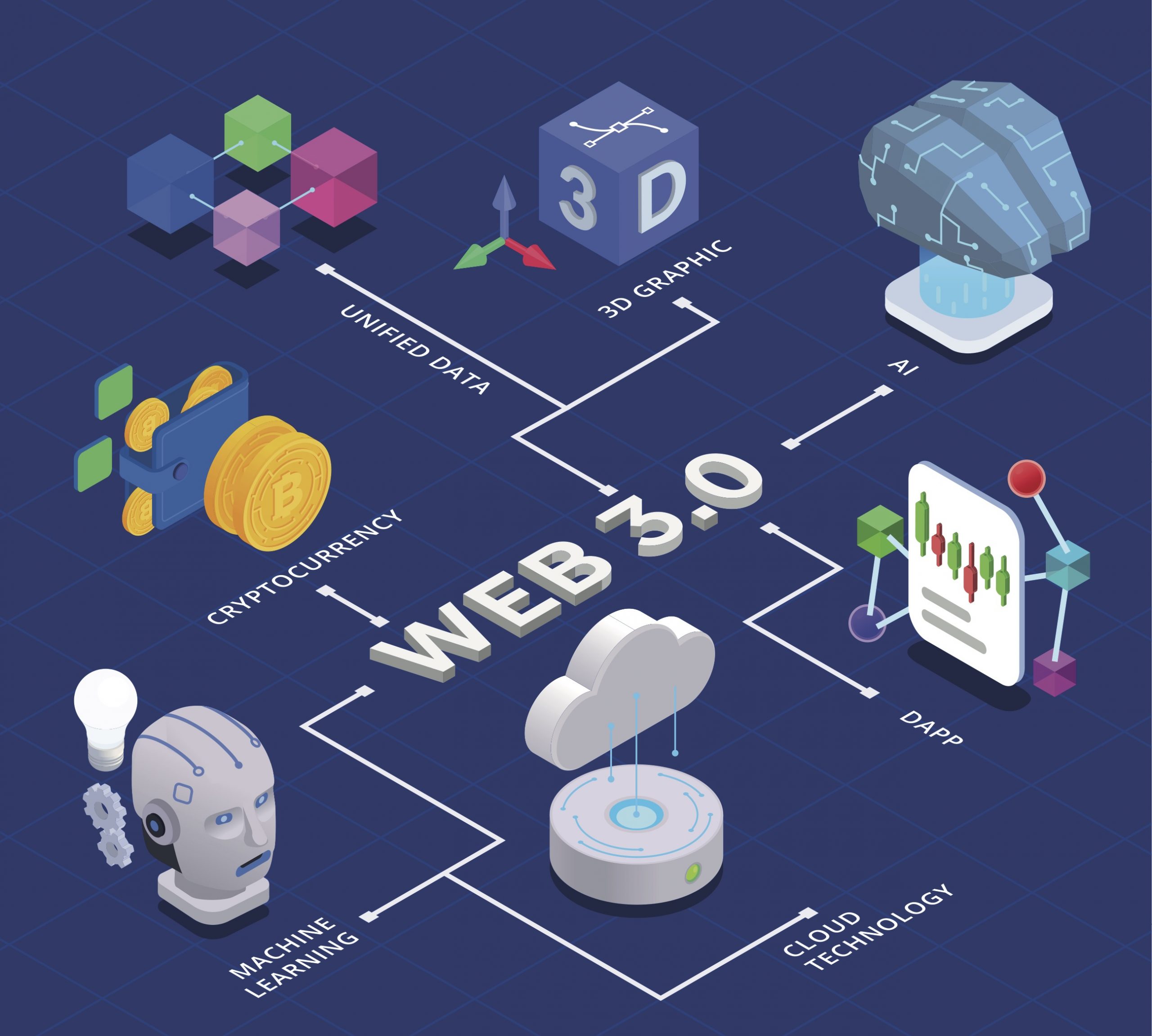
Web 3.0 and the metaverse is making promises we hope they will keep—to transform the world for even those who are physically challenged.
With endless possibilities, the metaverse will allow those with a disability to have the same experiences as everyone else without having to worry about the barriers that come with physical disabilities. Even the traditional internet provides many benefits, but Web 3.0 and the metaverse will only amplify this—from socialising to remote learning and work opportunities. However, accessibility is one of the factors that product designers will have to consider seriously moving forward.
What is Web 3.0 and the Metaverse?
The internet we are using now is called Web 2.0. Web 3.0 (or web3) is the upcoming third generation of the internet that is still developing. The data on Web 3.0 will reside on blockchains, which means users own the data (instead of big tech companies like Facebook or Google).
So, while Web 3.0 is mainly about who will own and control tomorrow’s internet, the metaverse is about how users will experience the internet of the future. All the signs so far show that this is good news for people with a disability.
How can it help people with a disability?
While not much is known about it yet, it is expected that Web 3.0 will create a virtual environment where even those with disabilities can engage without any help and make the whole user experience more straightforward for them to engage with.
For example, instead of talking to coworkers through a Zoom call, you could put on a VR headset and engage with their avatars in a virtual space. Instead of chatting with friends through text or Facebook, you could meet at a virtual music festival where real-life musicians perform as digital avatars.
This will allow people with disabilities to participate in activities they would otherwise be unable to do in the real world.
The focus on design for accessibility
Internet 3.0 has many purposes and benefits, but accessibility is one of the main factors that product designers will need to consider carefully, as there are many different disabilities for which products needs. The crucial element lies in the design if it is to be accessible for everyone to be designed specifically for a broad range of users. Product design in the metaverse will need to be broadly accessible to many different types of people’s requirements.
Some technology already supports accessibility for people with disabilities. For example, HMD, or Head Mounted Display for VR, supports eye-tracking. However, there is a lack of visual text for people with hearing impairments and a lack of audio description for people with vision impairments.
Because of this, researchers and designers are concentrating their efforts on how to build a better metaverse and, in future, how virtual space may give stimulus for all five human senses to experience the physical world.
What is WCAG
People think of the internet as an endless universe of pages, but it’s very different when you have a disability. Only 3% of websites on the internet currently meet accessibility guidelines.
The Web Content Accessibility Guidelines (WCAG) is an internationally recognised standard created by the World Wide Web Consortium (W3C). These guidelines make web content more accessible to people with a wide range of disabilities, including visual, auditory, physical, speech, cognitive, language, learning, and neurological disabilities, as well as the changing abilities of older individuals.
The 12 WCAG Guidelines
Perceivable
- Provide text alternatives for any non-text content so that it can be changed into other forms- large print, Braille, speech, symbols etc.
- Alternatives for time-based media
- Content that can be presented in more straightforward ways without losing information
- Make it easier to see and hear content
Operable
- Make all functionality from a keyboard
- Give users enough time to read and use content
- Be aware of design so that it does not cause seizures
- Provide ways to help users navigate and find content
Understandable
- Make text readable and understandable
- Make Web pages appear and operate in predictable ways
- Help users avoid and correct mistakes
Robust
- Maximise compatibility with current and future software and assistive technologies
Letting people with disabilities have their say
Regarding accessibility, no one knows what the disability community needs more than the people in it. That’s why some experts warn that disabled people could be left behind if they are not consulted in constructing the metaverse or web 3.0 from day one. For example, when the internet first started, people with disabilities were not included, and even now, a tiny percentage of the internet meets accessibility guidelines. It is, therefore, essential for metaverse/web 3.0 building companies make their worlds more accessible, as ultimately, this will make them more welcoming to everyone.









